-
 © Martin Meiners/Classic & Sports Car
© Martin Meiners/Classic & Sports Car -
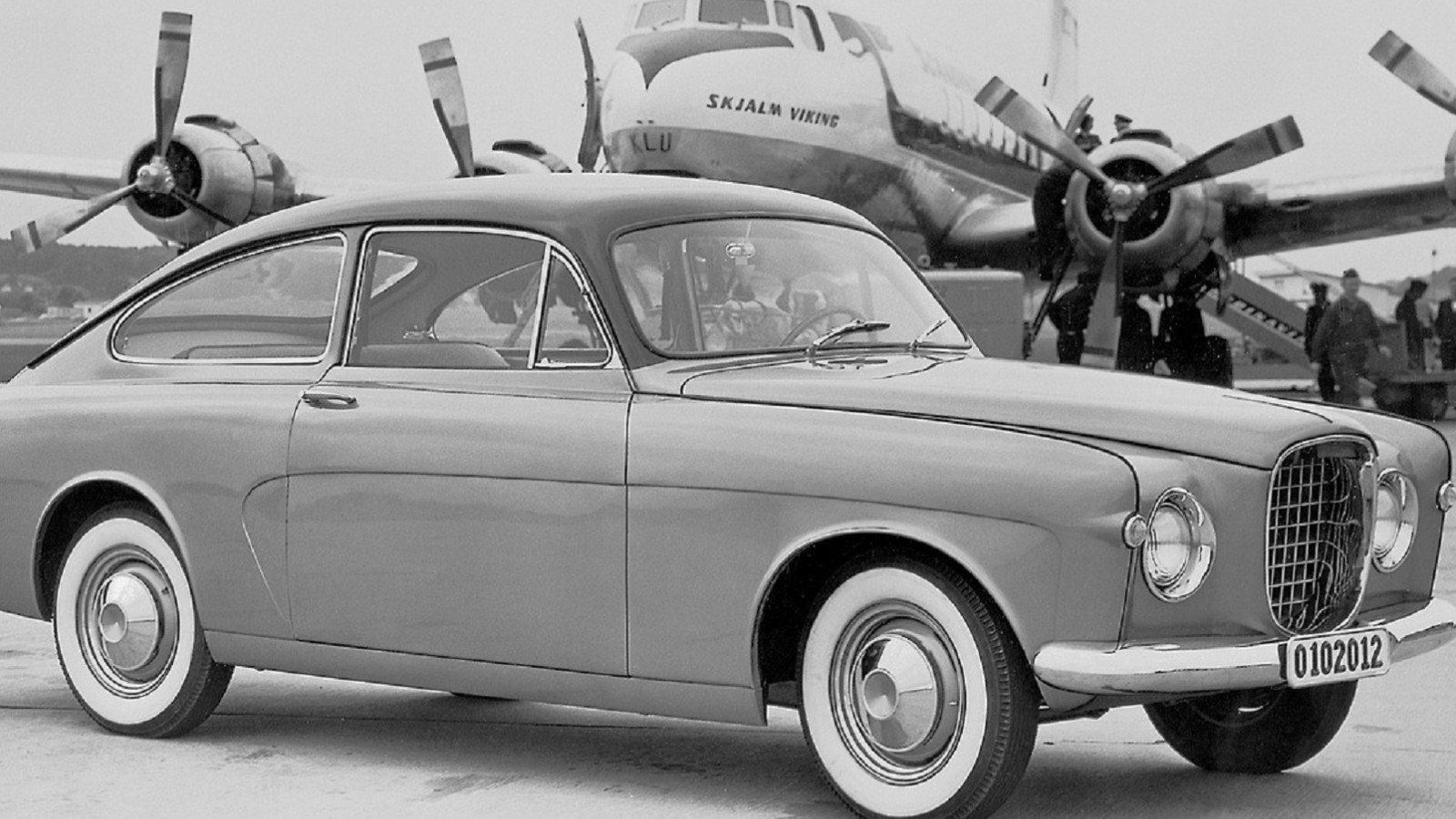 © Volvo
© Volvo -
 © Volvo
© Volvo -
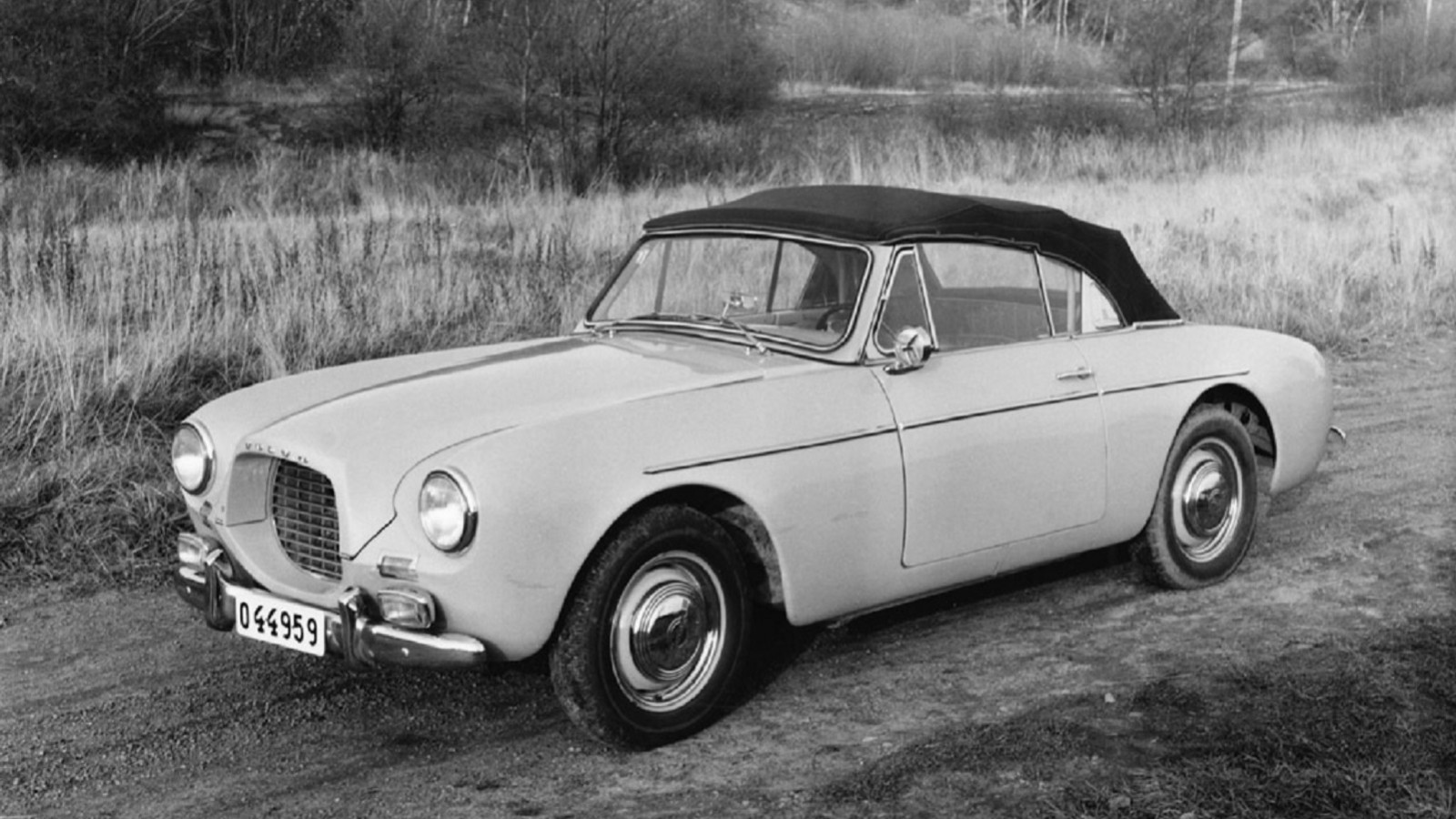 © Volvo
© Volvo -
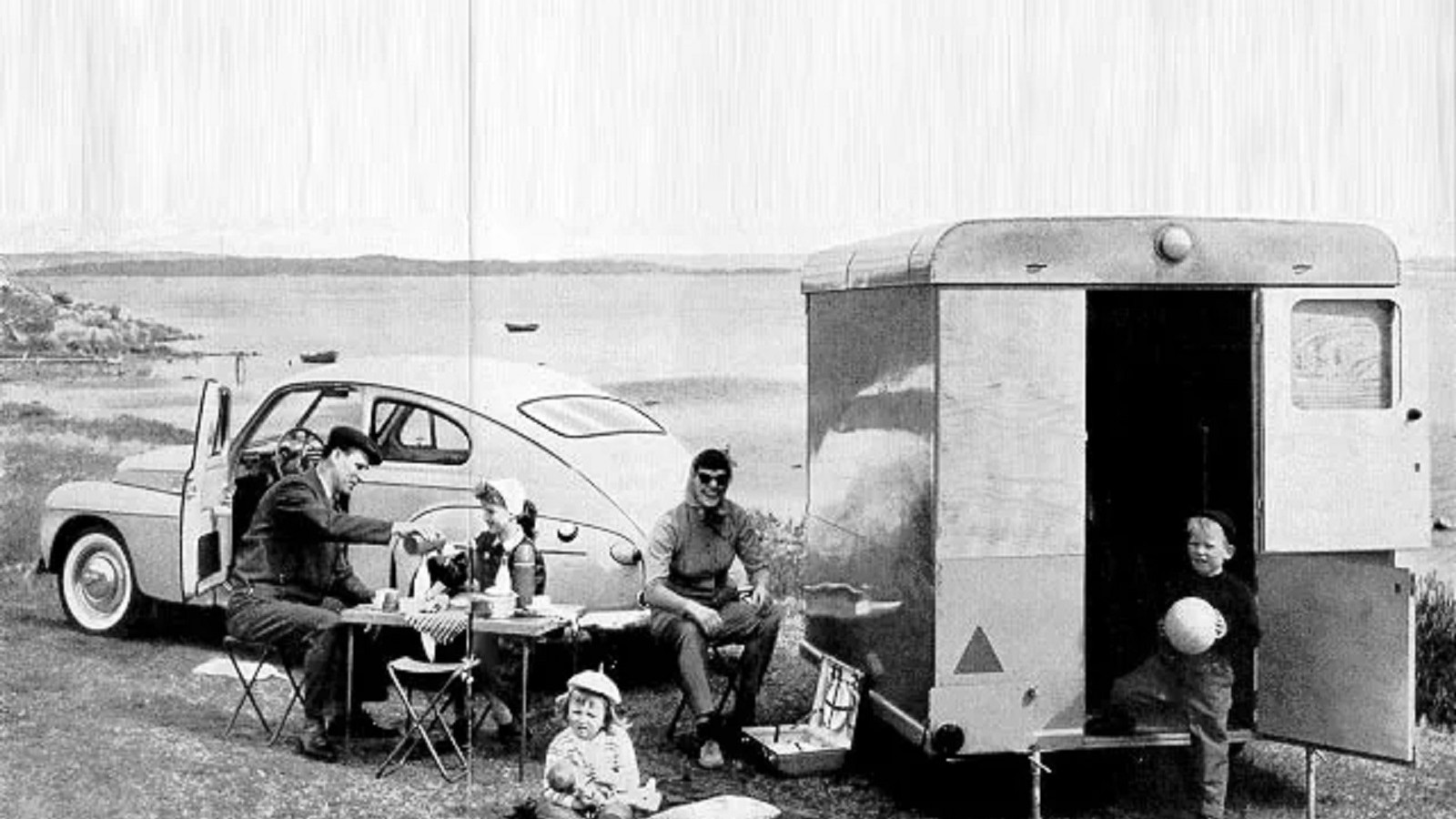 © Volvo
© Volvo -
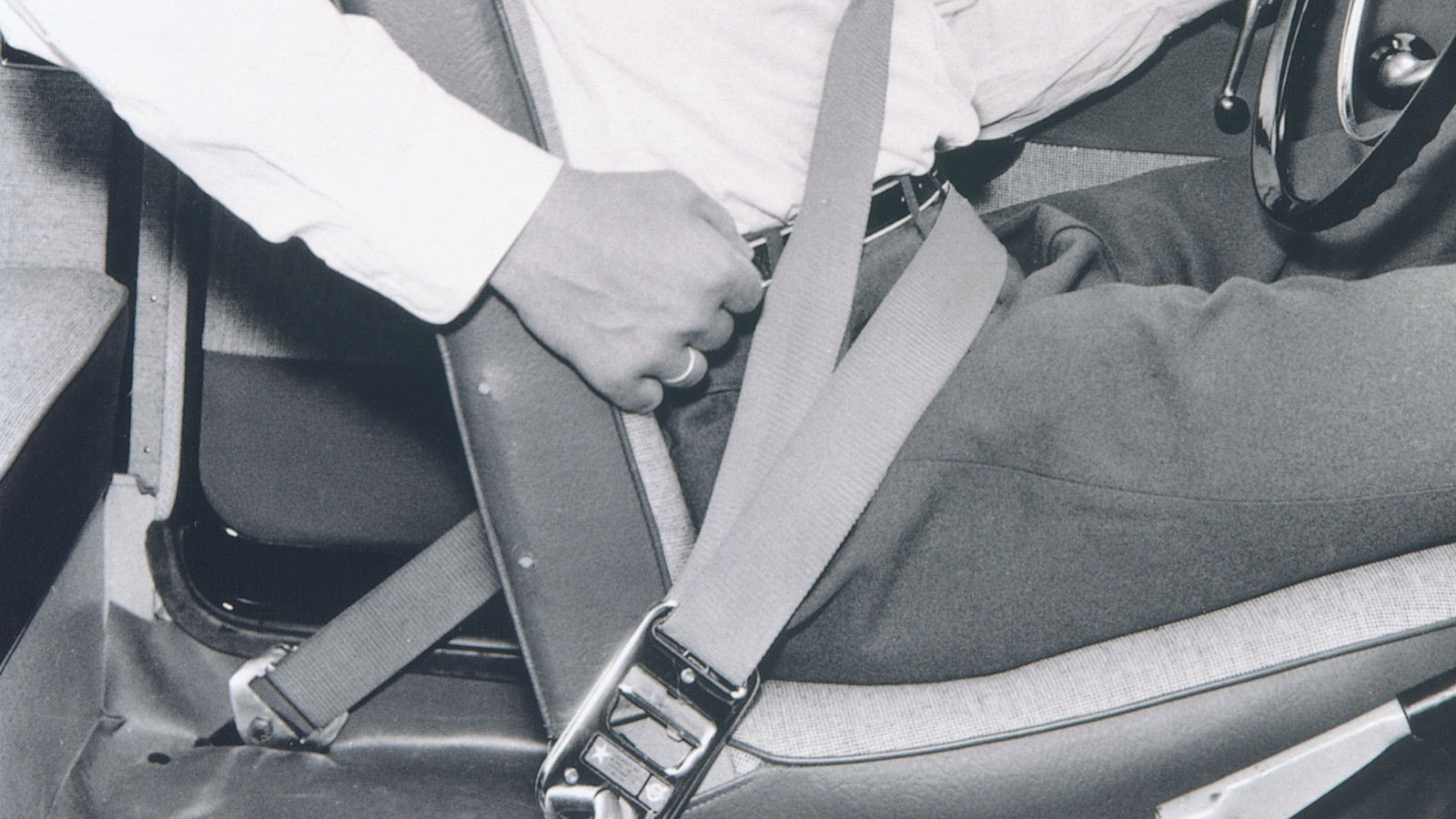 © Volvo
© Volvo -
 © Olgun Kordal/Classic & Sports Car
© Olgun Kordal/Classic & Sports Car -
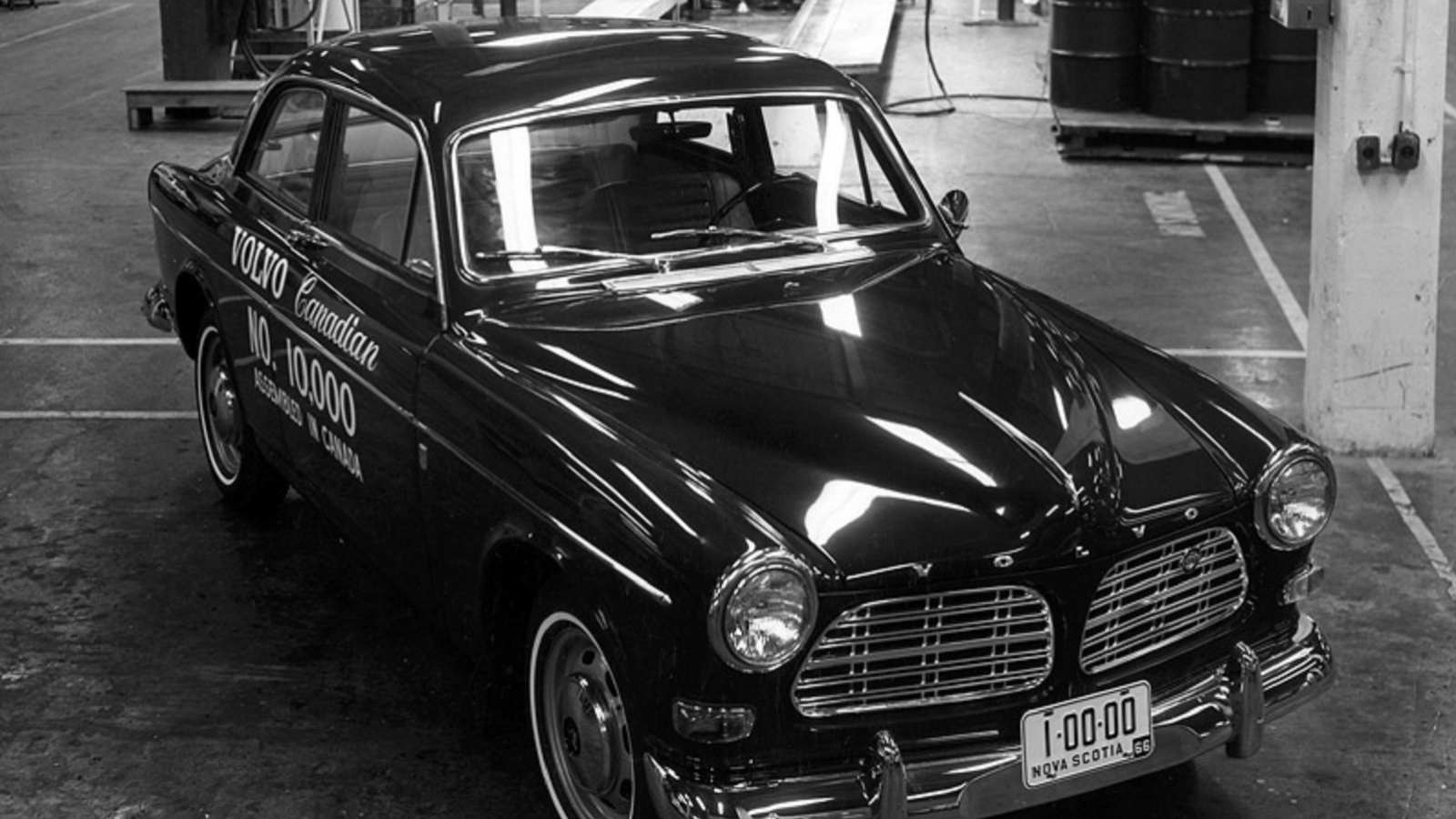 © Volvo
© Volvo -
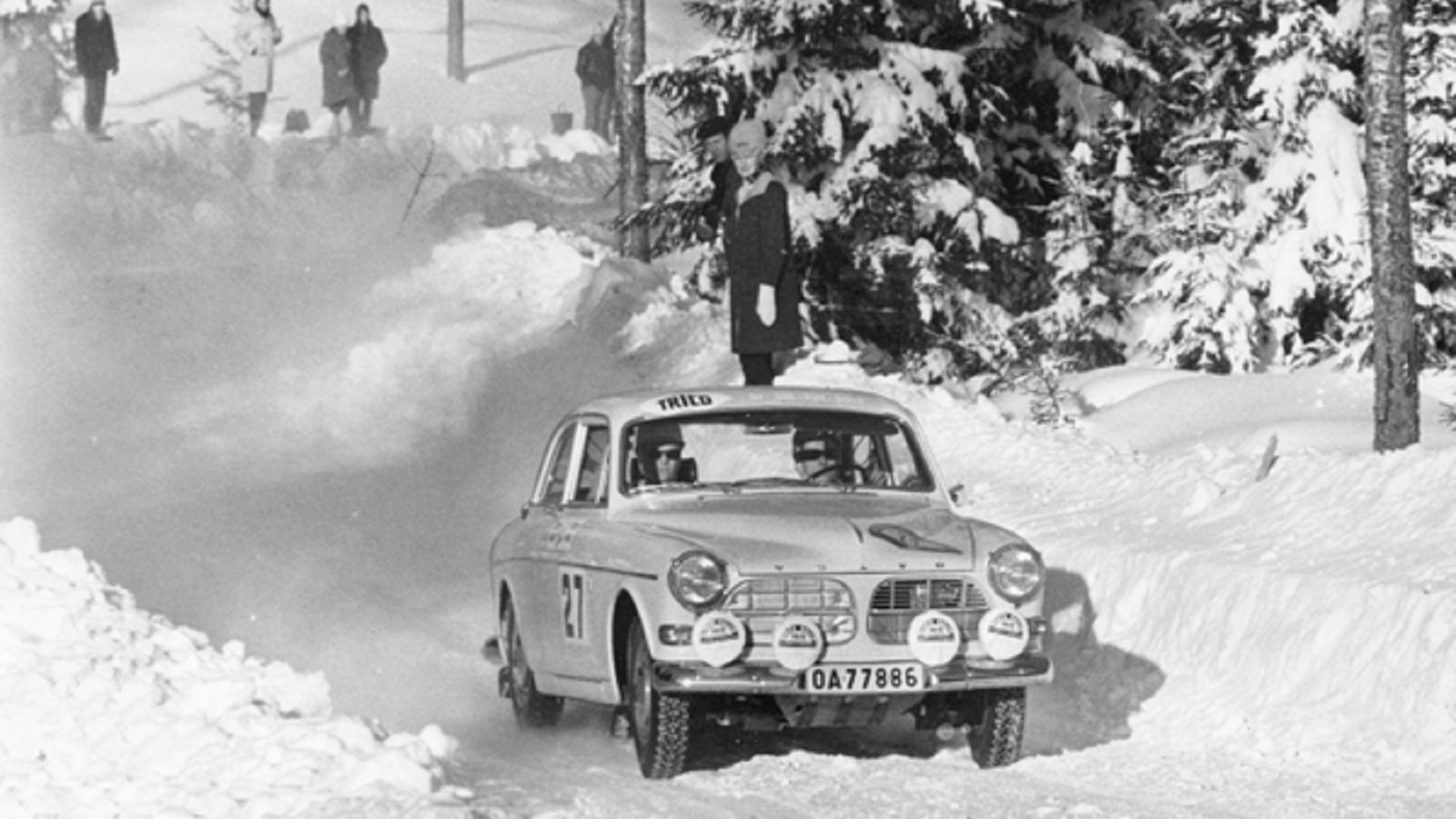 © Volvo
© Volvo -
 © Marcos
© Marcos -
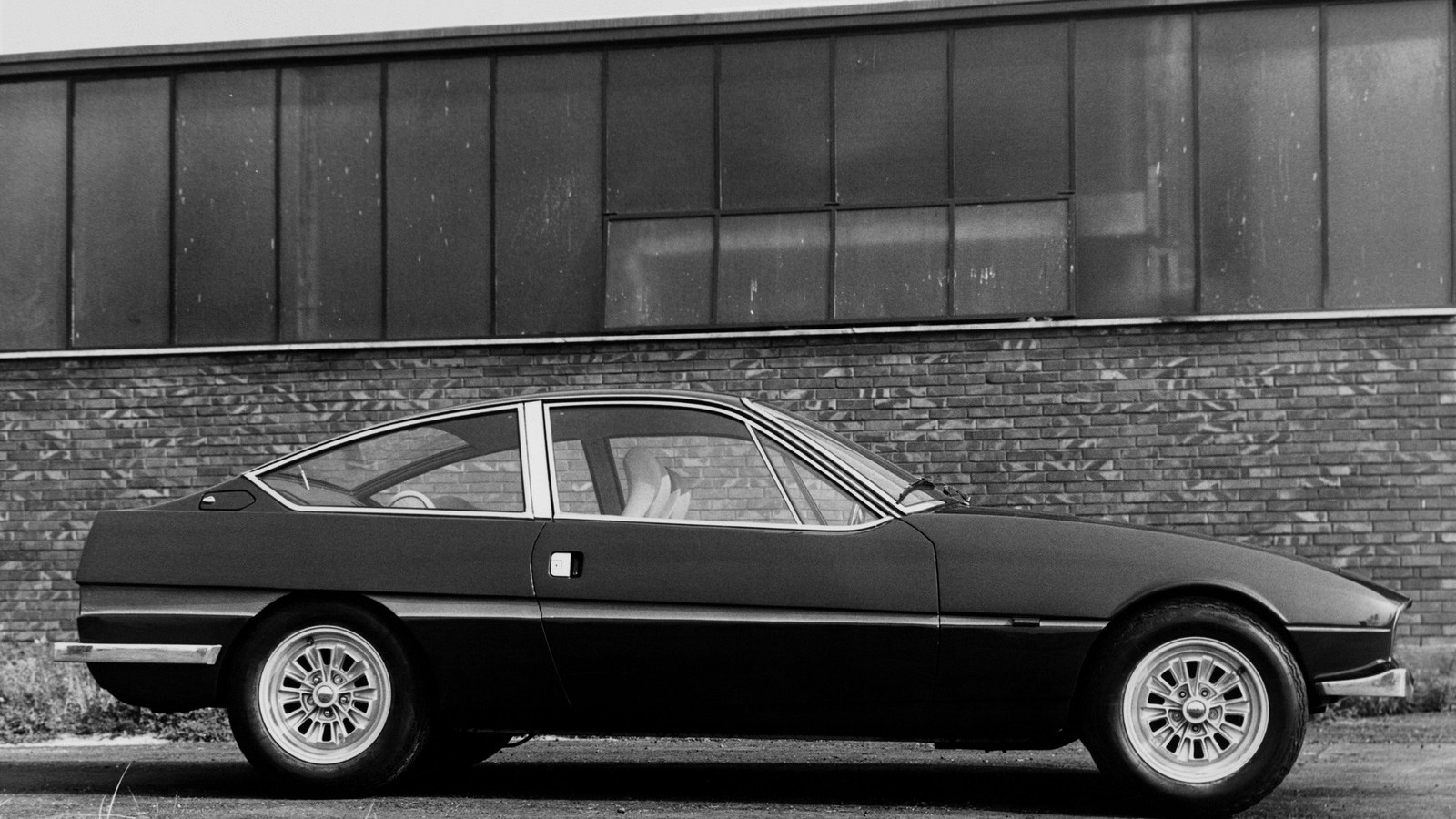 © Zagato
© Zagato -
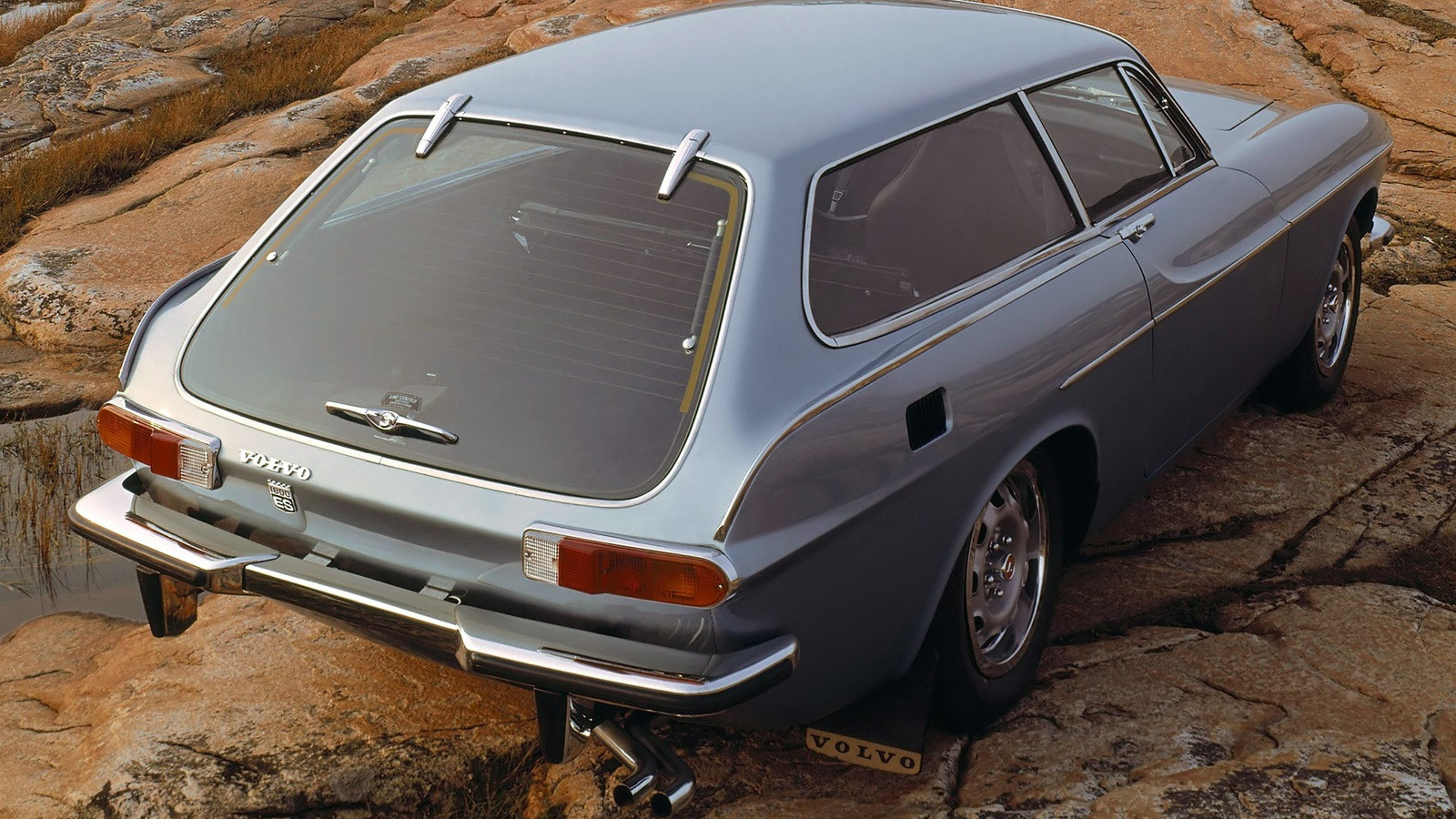 © Volvo
© Volvo -
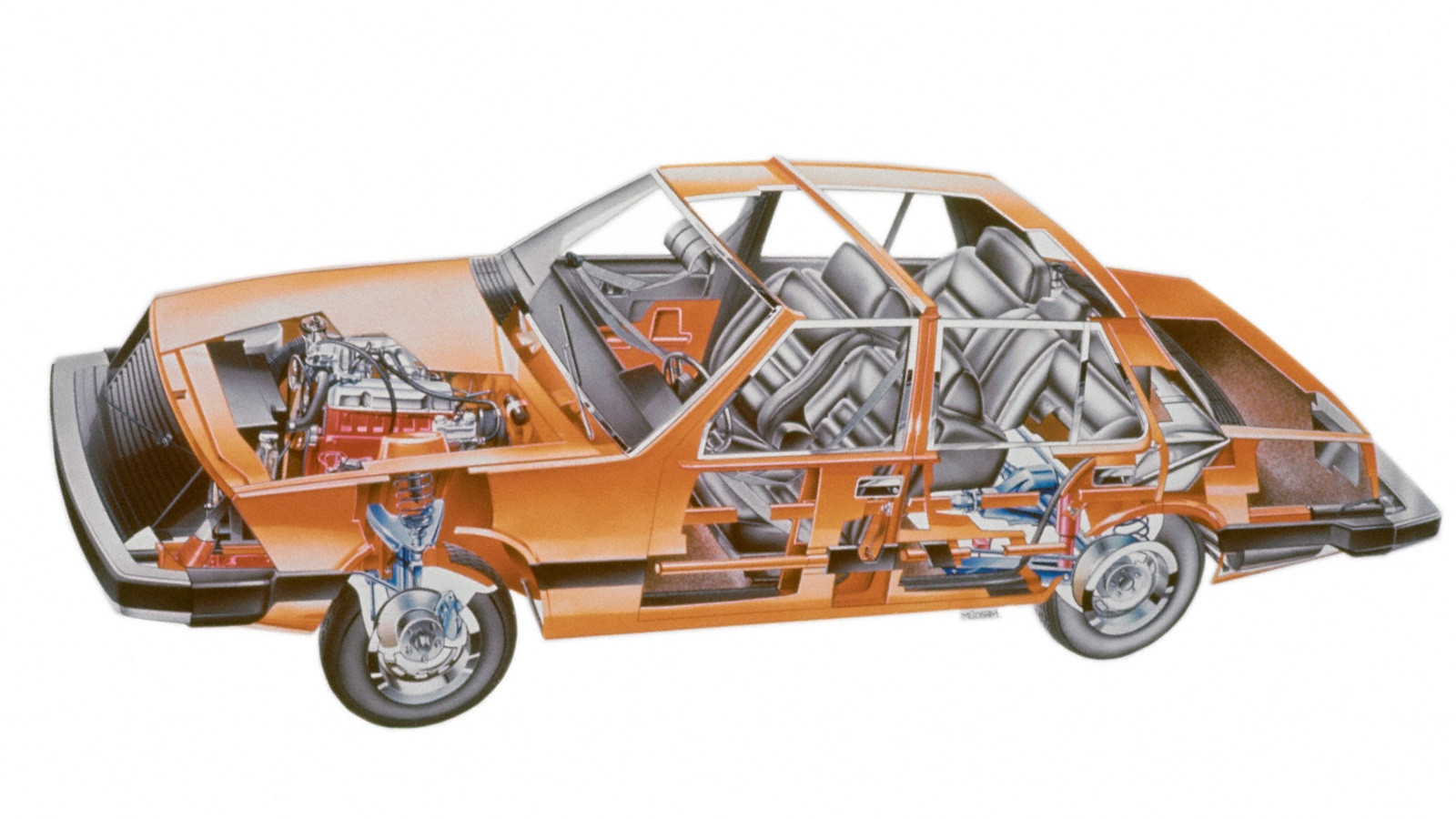 © Volvo
© Volvo -
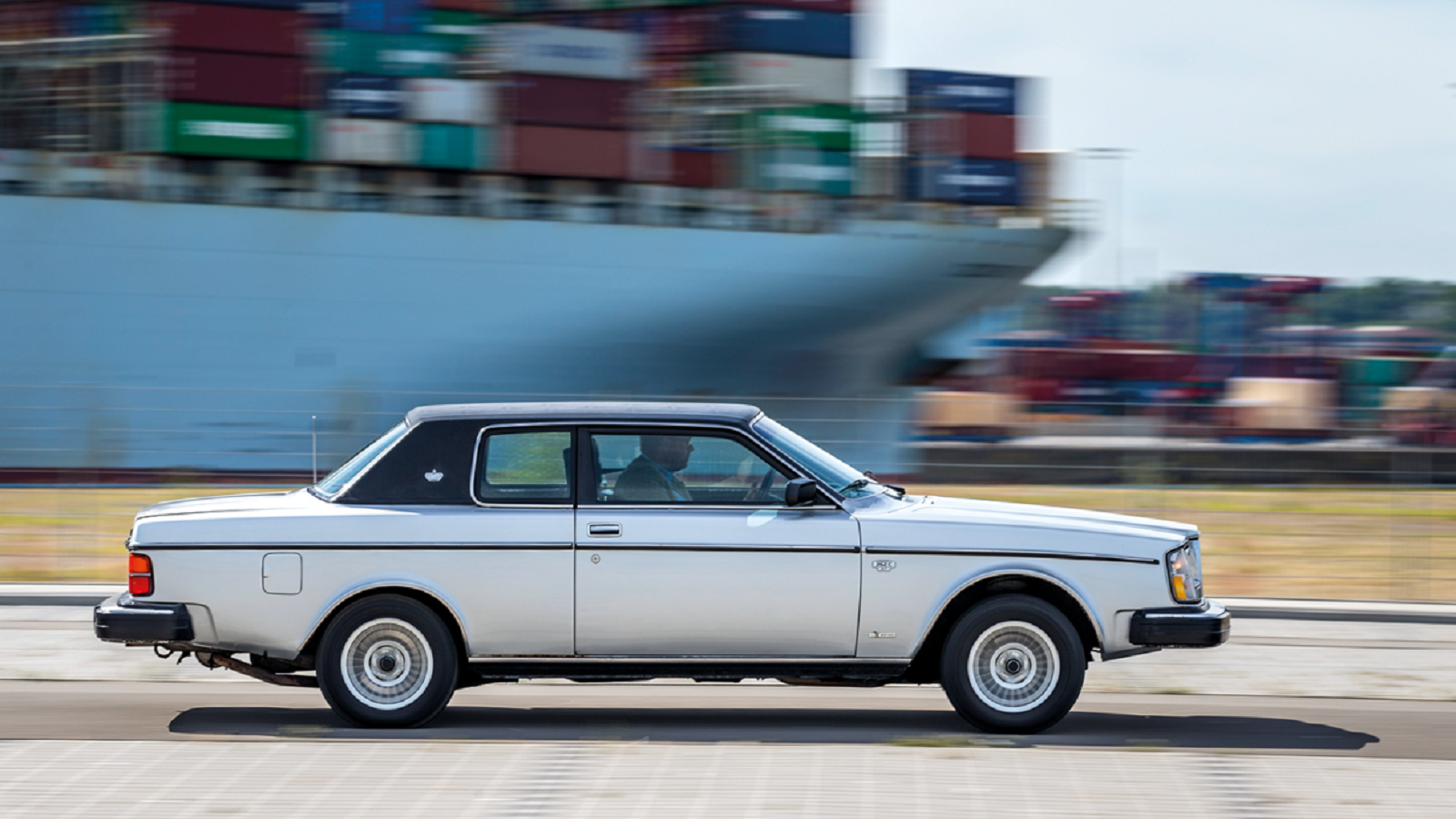 © Martin Meiners/Classic & Sports Car
© Martin Meiners/Classic & Sports Car -
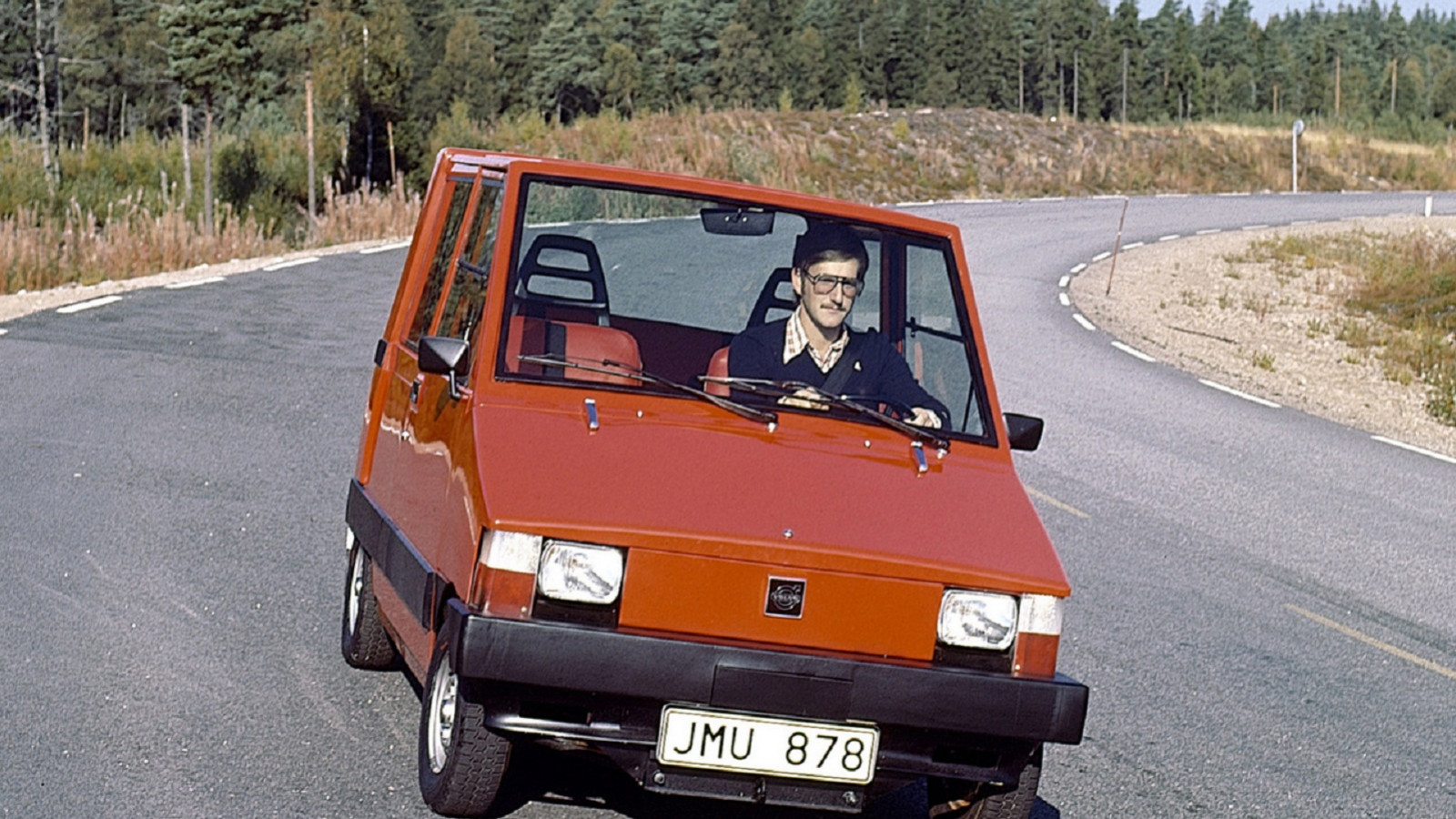 © Volvo
© Volvo -
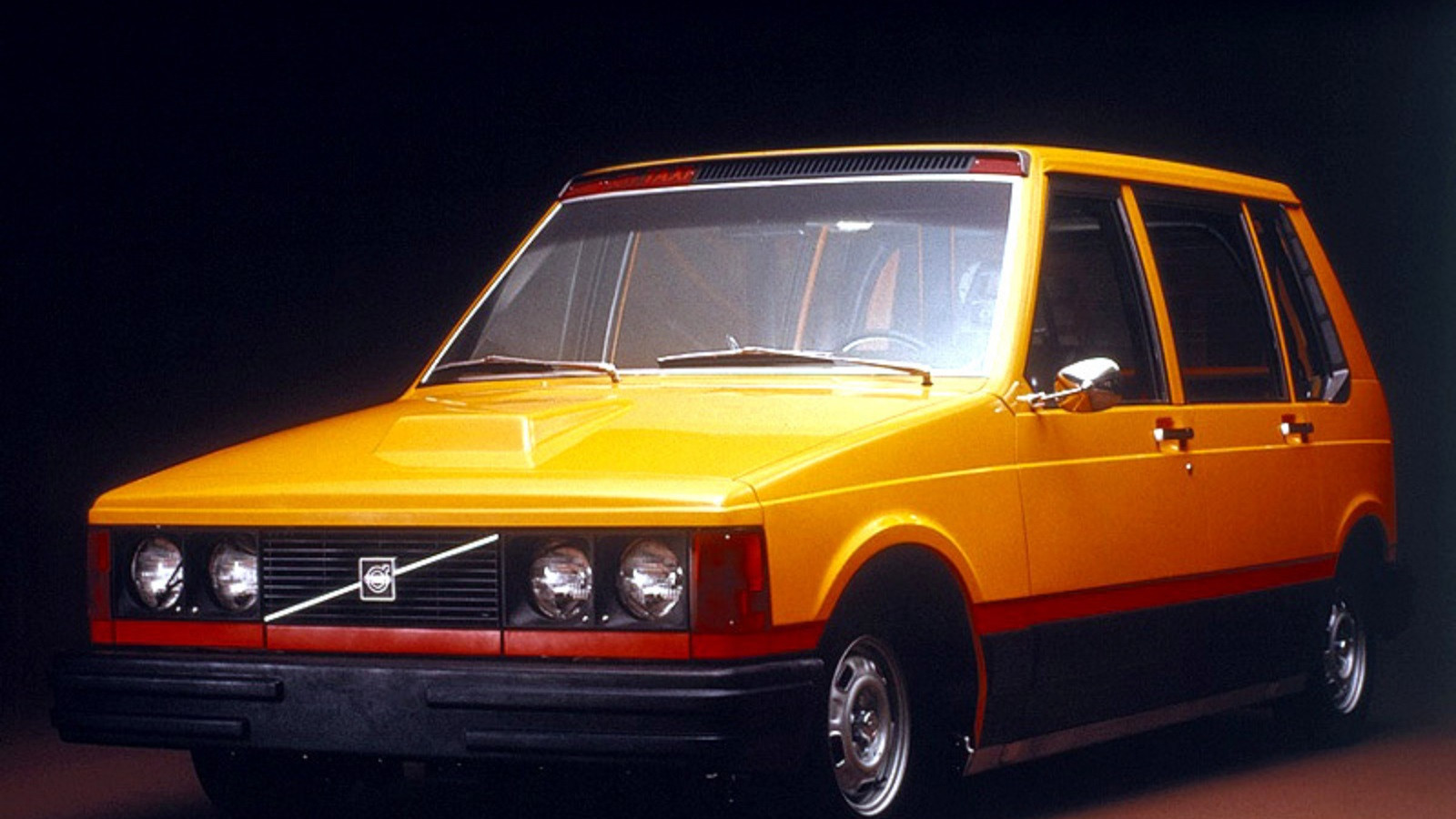 © Volvo
© Volvo -
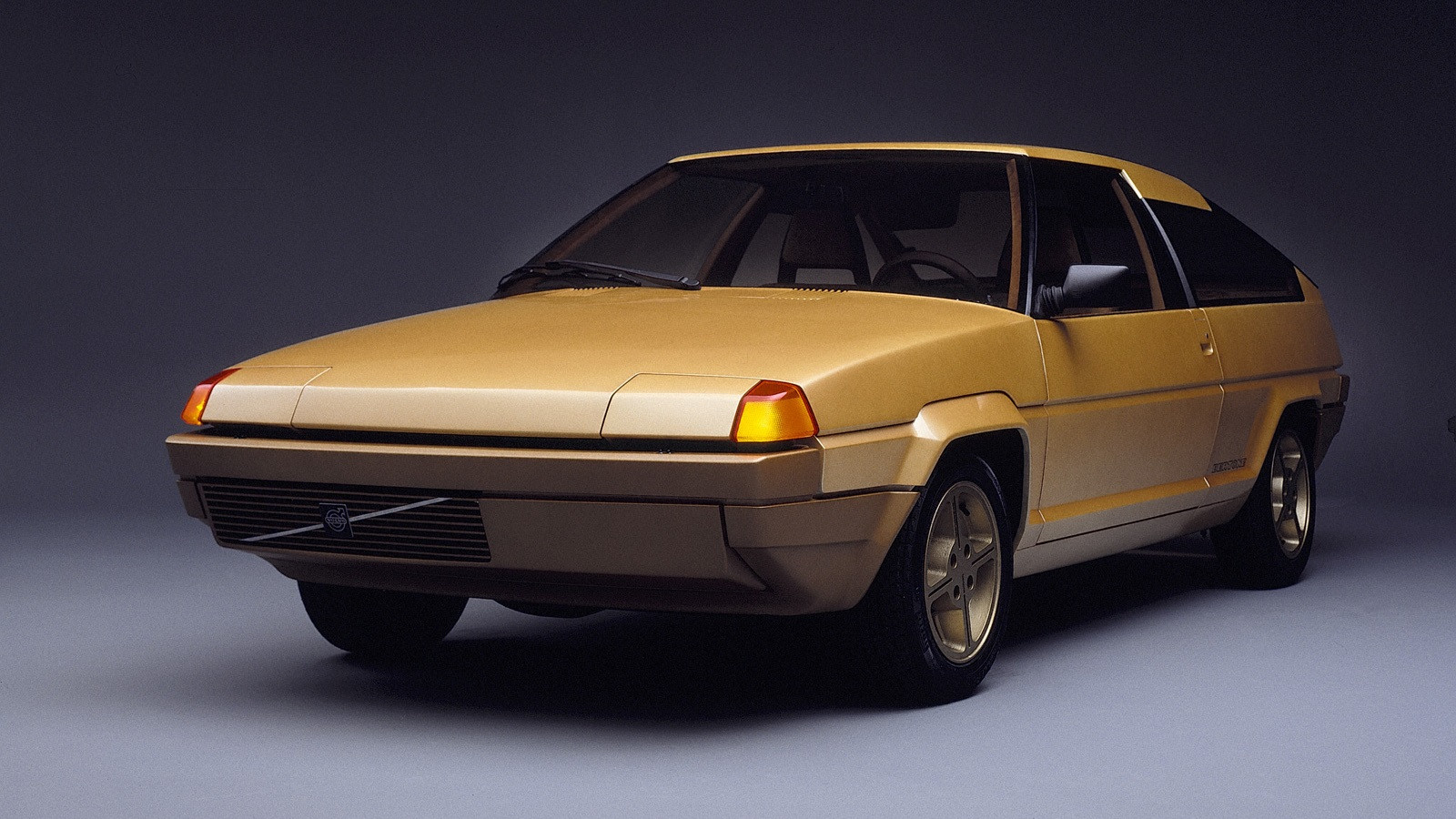 © Volvo
© Volvo -
 © Volvo
© Volvo -
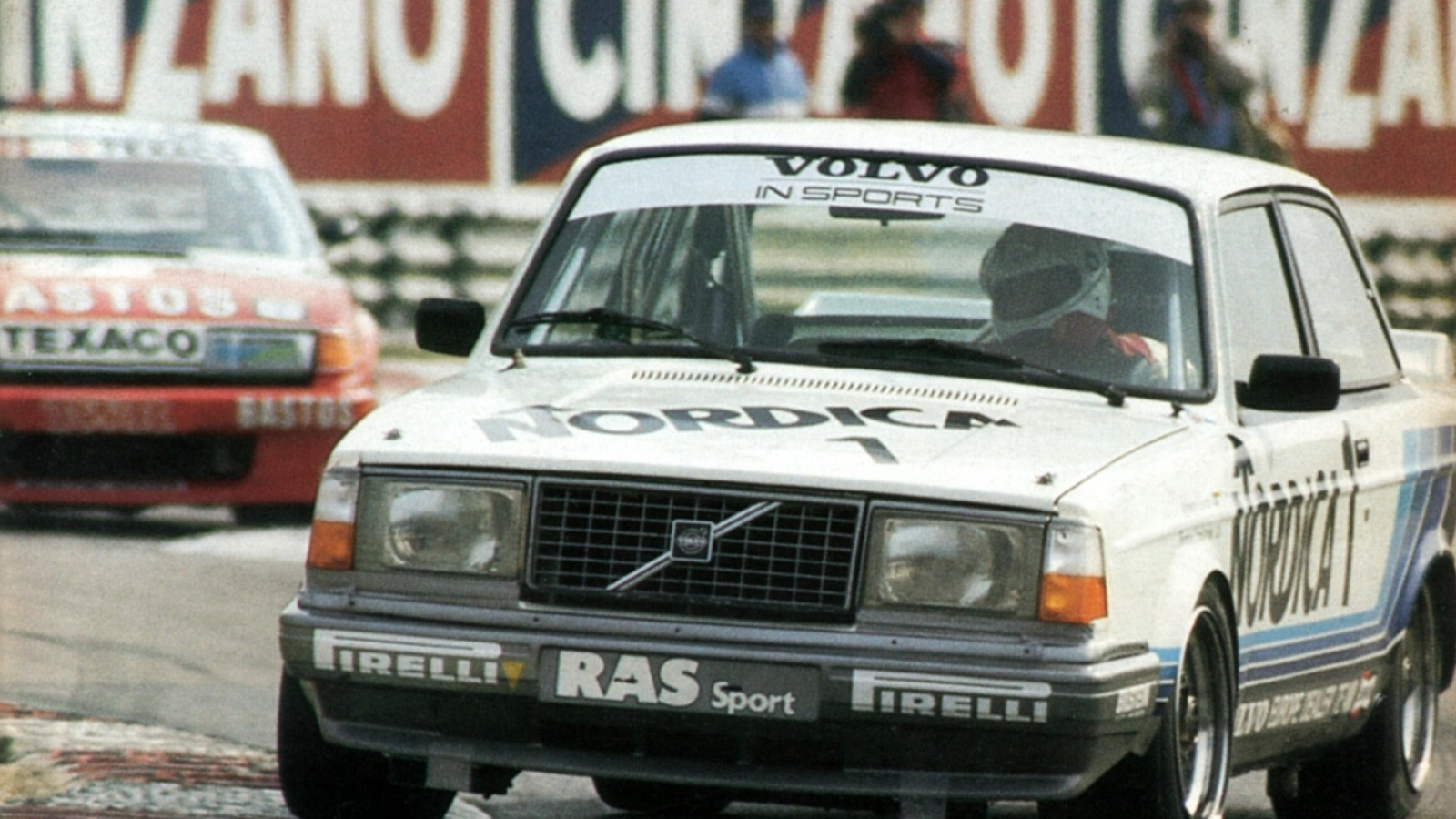 © Volvo
© Volvo -
 © Haymarket Automotive
© Haymarket Automotive -
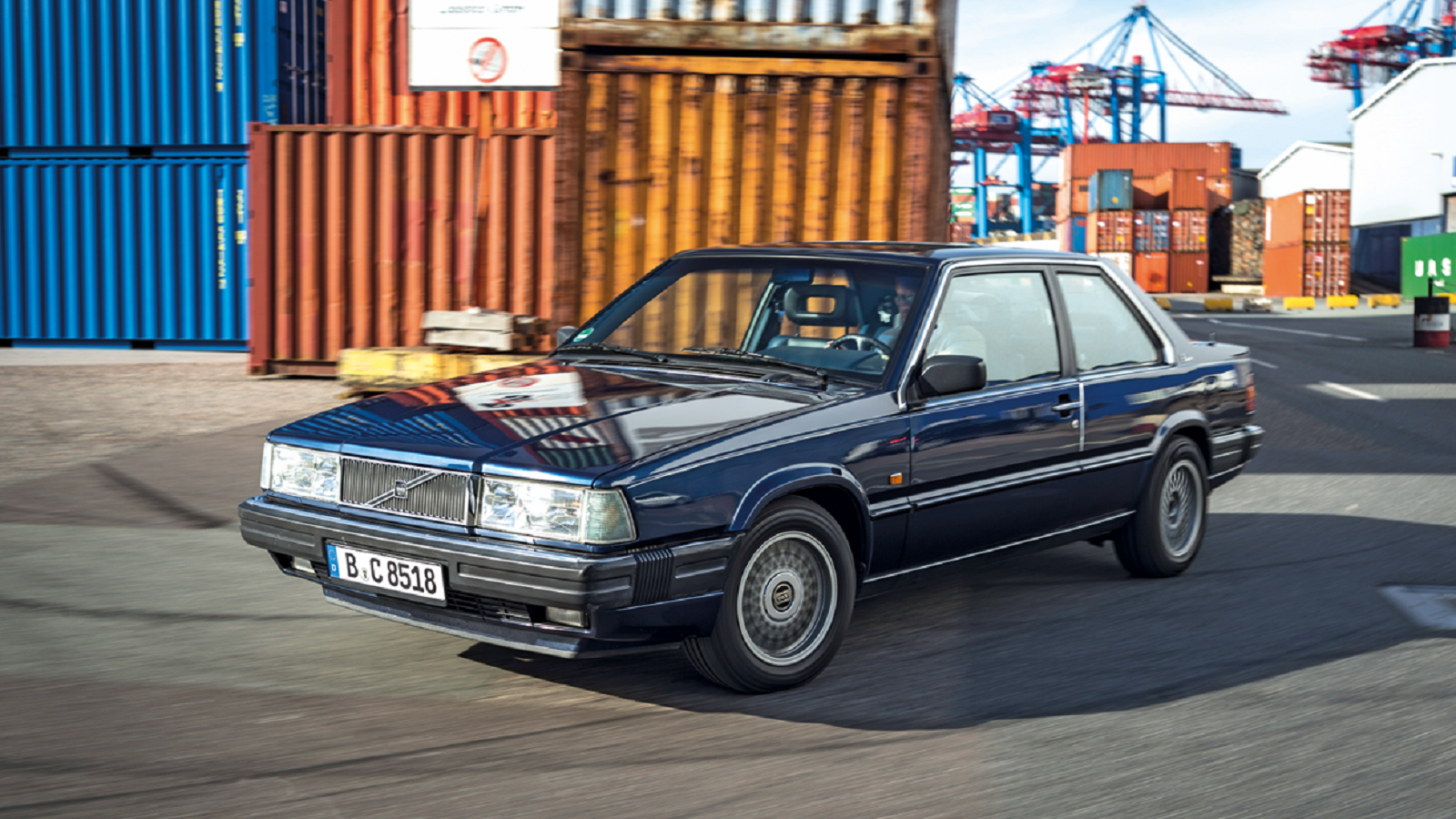 © Martin Meiners/Classic & Sports Car
© Martin Meiners/Classic & Sports Car -
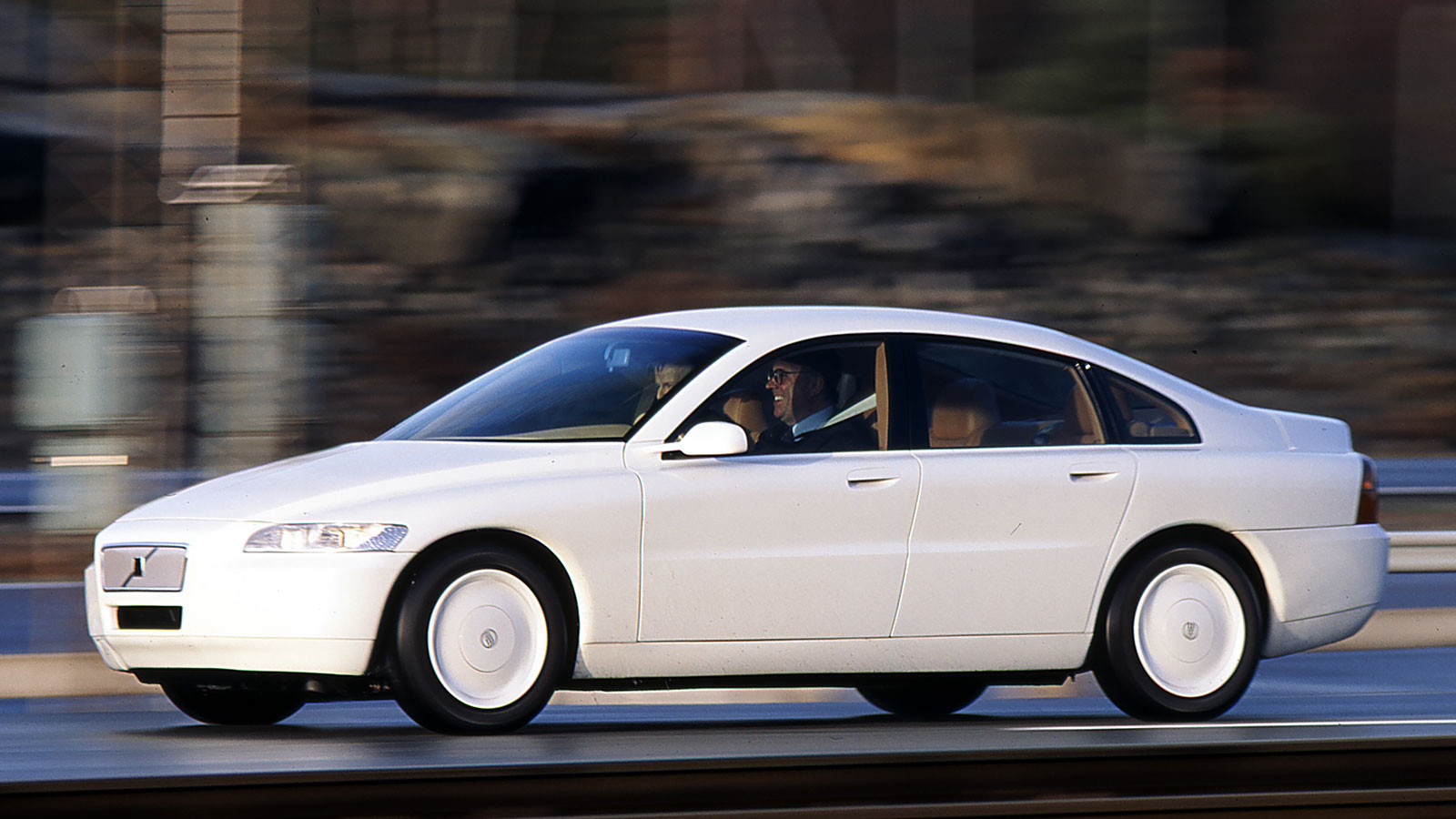 © Haymarket Automotive
© Haymarket Automotive -
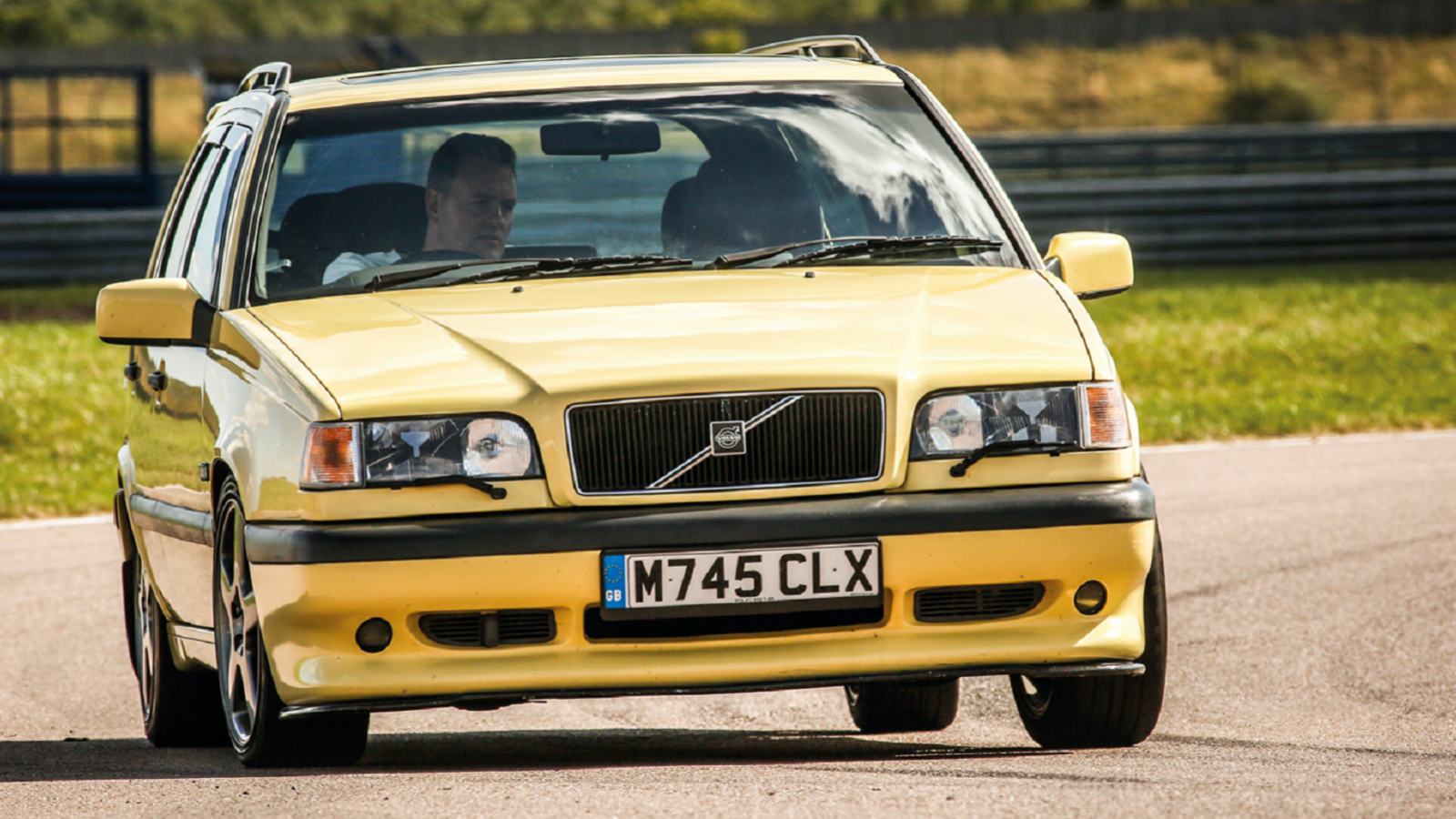 © Classic & Sports Car
© Classic & Sports Car -
 © Volvo
© Volvo -
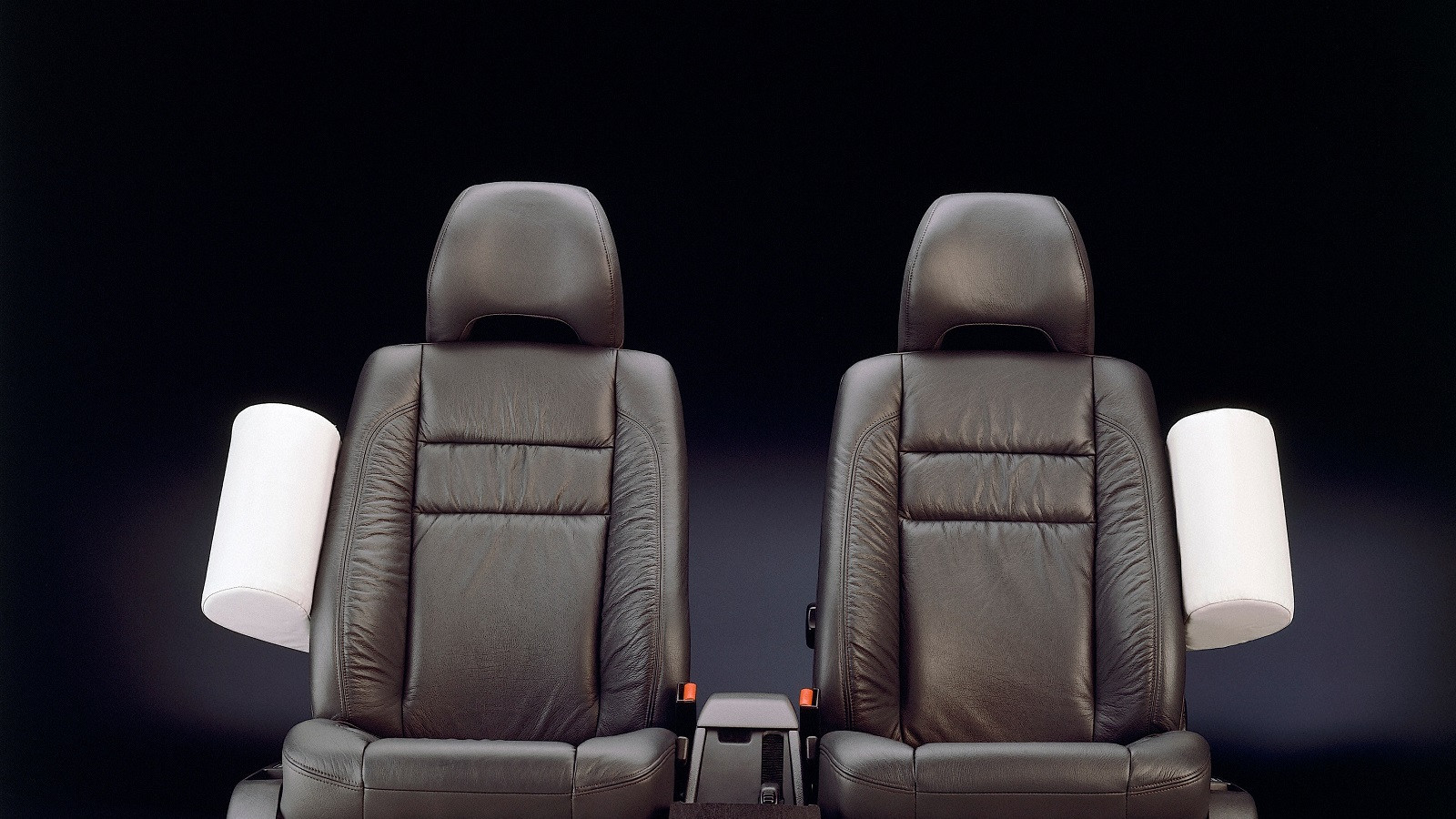 © Volvo
© Volvo -
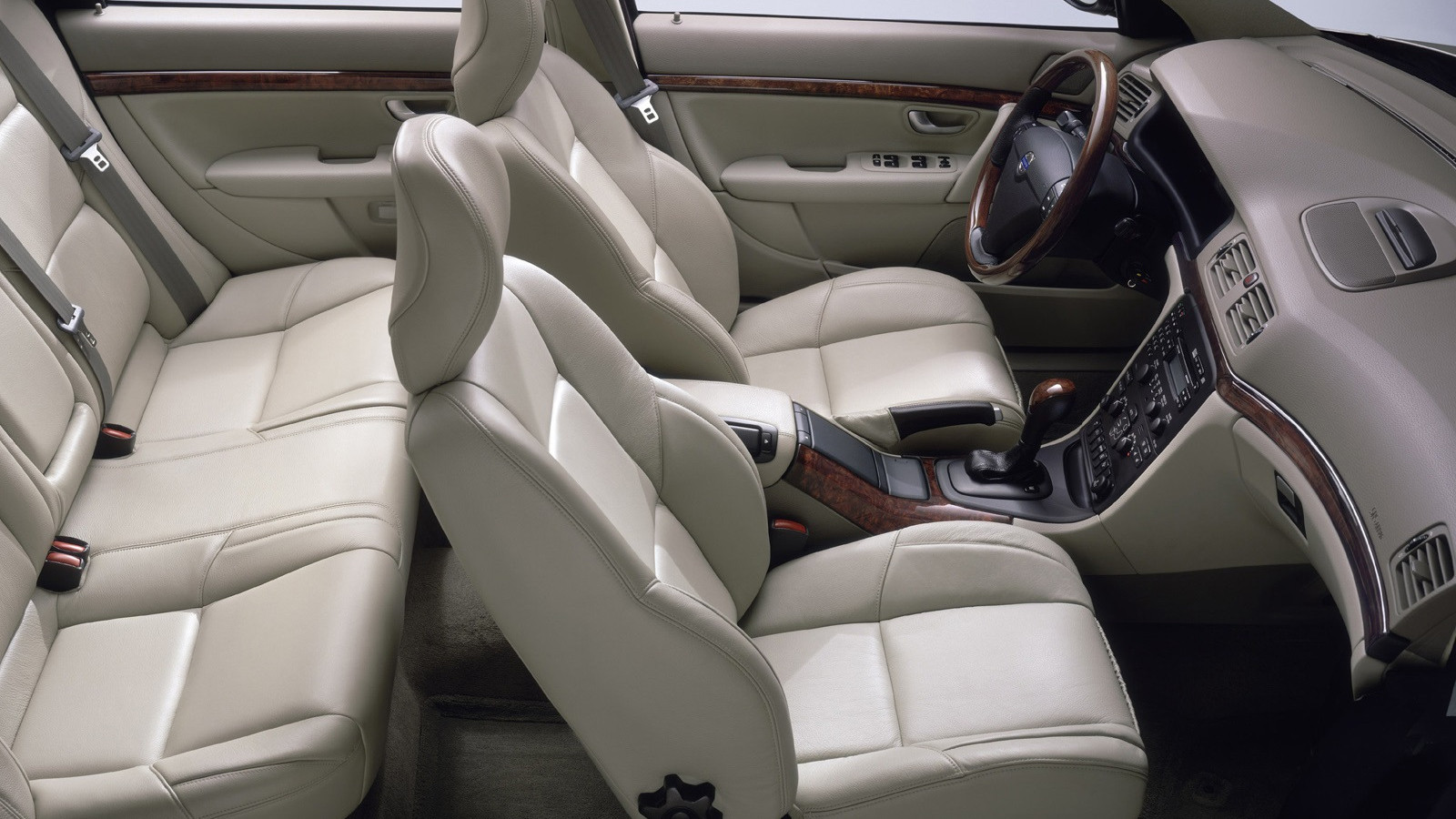 © Volvo
© Volvo
-
Surprising Swedes
Volvo has only ever made solid, safe estates and, more recently SUVs, right?
Think again. The Swedish firm has a history as long as a Nordic winter night of innovating and daring to be different.
Here are some of our favourite ways in which Volvo has surprised the world, listed in chronological order.
-
1. P179 (1952)
Long before Volvo replaced its mainstay PV444 model, it was looking at what could take over from it and the P179 was a contender.
The design study followed Volvo convention of naming its cars and this one was known as Margarete Rose. It was styled by Jan Wilsgaard, who was told it must retain the PV’s roof.
Wilsgaard was inspired by the Bentley R-type Continental and the P179 was heading for production in 1954 until Volvo co-founder Assar Gabrielsson had a change of heart. This meant a replacement was another two years in the making in the shape of the PV544.
-
2. Philip (1952)
The unassuming name sits uncomfortably on a car with styling and engineering designed to appeal to US tastes.
Another product of Jan Wilsgaard’s fertile mind, the Philip was inspired by contemporary American car design and used a V8 engine.
Elements of the Philip’s styling eventually emerged in the Amazon range, but this V8 saloon never made it to production. However, the 3.6-litre V8 motor with 120bhp went on to be used for marine applications by Volvo.
-
3. P1900 (1956)
During a trip to the US, Assar Gabrielsson became convinced Volvo could compete with British and other European sports cars in the lucrative transatlantic market.
He also visited Chevrolet and saw the advantages of its glassfibre body. He sent one of his engineers to Glasspar in the US to learn about this new bodywork material and the P1900 was the result.
Based on the PV444, the 1900 used a 70bhp 1.4-litre engine, but it was not a sales hit. Only 68 were produced before it was consigned to history, but its engine lived on in the new PV544.
-
4. Caravan (1957)
Volvo and caravans is a common trope, but the Swedish firm embraced these homes on wheels with its own design in 1957.
Spotting the growing desire of car owners to travel further afield, Volvo offered them its own ‘hotel’ that could also be converted for use as a basic trailer.
The collapsible design was made from wood and aluminium and weighed 320kg (705lb) all up. Only 53 were built and none are known to have survived.
-
5. Seatbelt (1959)
It’s reckoned the three-point seatbelt has saved more than a million lives and prevented many more serious injuries since its introduction in 1959.
Incredible as that is, what’s truly surprising about this invention from Volvo is it gifted the design to the world, waiving any rights to its patent.
Designed by Nils Bohlin, he recognised the need to spread the loads on a human body in a collision. His revelation was the V-shaped three-point belt and it was first launched in the Amazon and PV544 for Nordic markets, making these the first cars in the world to be sold with three-point seatbelts.
-
6. P1800 (1961)
After its dabble with the P1900, Volvo could have been forgiven for concentrating on its successful saloon and estate models by this point in its history.
However, it came up with the P1800 based on a shortened 121 platform and with bodies originally made by Pressed Steel in the UK and final assembly by Jensen.
In 1963, Volvo switched production to Gothenburg and the car became the P1800S, with the ‘S’ denoting Sweden where the car was built to a better standard than the early models.
-
7. Nova Scotia factory (1963)
The first Volvo ever produced outside of Europe was built at the company’s factory in Halifax, Nova Scotia, in Canada.
The plant was opened by Prince Bertil of Sweden on 11 June 1963 and the first car off the line was a 122, with PV544 production starting a year after the facility opened.
The Nova Scotia factory remained in operation until 1998, when the final car out of the gates was an S80 saloon.
-
8. European Rally Championship (1964)
Volvo had already won the European Rally Championship twice, in 1958 and 1963 with Gunnar Andersson driving.
However, 1964 was different because the company took on Volvo mechanic Tom Trana to drive after he had shown considerable promise in his own P1800.
For ’64, Trana was given a full works 122S and he used it to good effect, winning the Acropolis Rally and his home event in Sweden. He also won the RAC Rally for a second time, sealing his position as ERC champion.
-
9. Marcos 1800 (1964)
Marcos might have been a very British small sports car company, but it knew a good engine when it saw one and was very happy to employ Volvo’s 1.8-litre motor from the P1800.
It gave 96bhp, which in the Marcos with its lightweight wooden chassis was enough to deliver 0-60mph in 8.2 secs and a top speed of 116mph thanks the 1800’s slippery aerodynamics.
The 1800 was replaced by a Ford engine, but Volvo went on to supply Marcos with its 145bhp 3.0-litre motor from the 164 saloon for a handful of the British coupés.
-
10. GTZ (1969)
There were two GTZ concept cars, both designed by Ercole Spada at Zagato. The first was the simply named GTZ based on a 140 platform and built as a taster of what a replacement for the P1800 might look like.
The GTZ 3000 of 1970 used the 164 platform, complete with its brawny 3.0-litre engine, but Volvo was not convinced another sports coupé was the way to go and didn’t go any further with the project.
However, both concepts were sold as driving cars from the Zagato stand at the Geneva motor show and used as road cars by their owners.
-
11. P1800ES (1971)
If only the P1800ES had arrived a few years earlier, Volvo could have made a great deal more of its compact sporting estate rival to the Reliant Scimitar.
As it was, the ES lasted for only a year longer in production than its coupé sister despite being a much more versatile car.
The all-glass tailgate opened on to a useful boot space and the ES was also innovative in using all-round disc brakes.
-
12. VESC (1972)
It’s clear from the styling of the VESC (Volvo Experimental Safety Car) concept that it was a design study for the forthcoming 240 series.
This was Volvo’s way of introducing new ideas to the public to lessen their surprise when the production car was introduced. It worked and Volvo discovered that safety sells cars.
Among the innovations that made their debut on the VESC were front and rear airbags, self-fastening seatbelts, a steering wheel that moved forward in a collision, and an engine that moved down and under the car in an impact.
There were also other new ideas such as ABS anti-lock brakes, headlamp wash and wipe, a reversing alarm and huge crumple zones.
-
13. 262 C (1977)
Throughout its history, Volvo has tried to appeal to US luxury car buyers and the 262 C was a blatant attempt to lure fans of ’70s land yachts.
This two-door coupé built by Bertone, in Italy, offered four comfortable seats despite looks that suggested the rear might be cramped due to the thick C-pillars.
The 262 C was no simple cut-and-shut on the 264 saloon, either, because the windscreen was more raked back.
Early cars were only offered in silver with a black vinyl roof, but Volvo relented to demand and offered a broader palette later in its life.
-
14. EC (1977)
Long before the current move to electric cars, Volvo was experimenting with them in the 1970s.
The EC (electric car) project was designed as an urban runaround, so it came with two seats and a large luggage area ideal for the supermarket shop.
A top speed of 43mph was fine for town use, but the two-hour battery life and the 10 hours it took to recharge were much less useful, and Volvo parked the idea.
-
15. Experimental Taxi (1977)
The Volvo Experimental Taxi was a deliberate move by the Swedes to come up with something better than the contemporary New York Yellow Cab.
Volvo already had form with taxis, having made purpose-built cabs since 1929. The New York taxi was designed as part of a competition by the city’s Museum of Modern Art to create something safer and more suited to the city’s roads.
The Volvo design used front-wheel drive to give more interior space, and this layout also allowed for a very low floor that made it easy for wheelchair users to get in and out of the cab.
-
16. Tundra (1979)
If the Volvo Tundra has more than a passing resemblance to the Citroën BX, this is because the design was sold to Citroën by Bertone after Volvo didn’t go any further than a concept stage.
Called the Tundra, its brief from the Swedes was to design something ‘delicious’ on the humble 343 hatch platform.
Marcello Gandini duly obliged with an angular two-door coupé. However, the car proved too radical for Volvo and it didn’t revisit pop-up headlights until the launch of its 480 six years down the line.
-
17. LCP (1983)
Renowned for its cars’ safety, Volvos were also known for their considerable heft as a consequence.
To counter this weight gain, the company came up with the Light Component Project, or LCP for short. Its aim was to produce a car of no more than 700kg (1750lb) that could average 70mpg.
The LCP met its weight target by using plastic, aluminium and magnesium for its construction. Fuel economy was achieved with three-cylinder engines, one of 1.3 litres and another with a 1.4-litre capacity. Both motors ran on vegetable oil for added environmental credentials.
-
18. ETCC (1985)
Before Volvo and Touring Car racing became synonymous with the 850 estate, the Swedish firm contested the European Touring Car Championship in 1985 and 1986 with a 240 Turbo.
Competing in Group A, among the team’s drivers were Gianfranco Brancatelli, Johnny Cecotto, Thomas Lindström, Ulf Granberg and Anders Olofsson.
This was a true factory effort with a 380bhp engine, and its speed earned the car the nickname ‘The Flying Brick’. Brancatelli lifted the 1985 drivers’ championship, but the team was disbanded at the end of 1986.
-
19. 480 ES (1985)
The 480 ES was a bolt from the blue from Volvo. Alongside its typically boxy models, here was sleek coupé with pop-up headlights and a full glass tailgate that was reminiscent of the P1800ES.
The four-seat cabin was roomy and the 480 drove well enough to hold its own in the coupé segment.
However, Volvo never gave the 480 ES the performance to match its looks and even the Turbo version could only muster 120bhp. Nevertheless, the 480 soldiered on in production until 1995.
-
20. 780 (1985)
At first glance, you could be forgiven for mistaking the Volvo 780 for a Maserati Biturbo.
However, the 780’s styling was the work of Bertone and who did a thorough, if slightly unimaginative, job of turning a 760 saloon into a two-door coupé.
What was a surprise was inside Volvo gave the 780 a unique cabin design. There was a bespoke two-chair rear seat, while wooden trim and plush front seats marked out the two-door from its saloon counterpart.
-
21. ECC (1992)
With hindsight, it’s clear the 1992 ECC was an early rendition of what was to become the S80 saloon six years down the line.
The Environmental Concept Car wrong-footed other car makers with its aluminium structure and hybrid power. Even more surprising was the ECC used a combination of batteries and a turbine engine, which gave excellent economy but terrible acceleration when running on battery power alone.
A drag coefficient of just 0.23Cd showed the lines of the ECC worked and the eventual S80 changed very little in overall shape.
-
22. 850 T5 (1993)
The 850 T5 played with people’s perceptions of a Volvo. Here was a comfortable saloon or large estate that could keep up with quick BMWs and Mercedes.
The turbocharged 225bhp 2.3-litre engine was at the heart of this and went on to spawn the limited edition T5-R with 240bhp and then the 250bhp 850R.
As well as winning over many keen drivers who would never have considered a Volvo before, the T5 became a favourite with police forces.
-
23. BTCC (1994)
Volvo returned to Touring Car racing in the hotly contested British Touring Car Championship in 1994.
It played on its image by entering an estate rather than a saloon, helped by the wagon being more aerodynamically efficient. Tom Walkinshaw ran the team, with Rickard Rydell and Jan Lammers driving.
To qualify for the series, a 2.0-litre, non-turbo five-cylinder motor was developed, and it was mounted much lower and further back in the chassis.
Even if it didn’t win any races in 1994, the 850 won the hearts and minds of the crowds, and it was job done for Volvo.
-
24. SIPS (1994)
Volvo first used its Side Impact Protection System in the 1991 700 and 900 series cars.
It was then fitted as standard to the 850 and the system consisted of a strengthened sill and centre door pillar with a honeycomb energy-absorbing material inside to spread the load of any side-on collision.
This was a major step forward in accident protection for car occupants, and Volvo went further again by adding side airbags in 1994 to the 850 range, making it the first car to have these as standard.
-
25. S80 cinema seats (1999)
The local community in Kilcullen, County Kildare, Ireland, was rightly proud of resurrecting its local cinema. To make sure everyone was comfortable while at the movies, local garage owner Pat Dunlea asked Volvo if it could supply some seats for the auditorium.
Amazingly, Volvo obliged with £170,000 worth of leather chairs from the Volvo S80 saloon. The seats had been used in a one-off trade stand by Volvo, and came fitted with adjustable runners and backrests so cinemagoers could find their perfect seating position.
